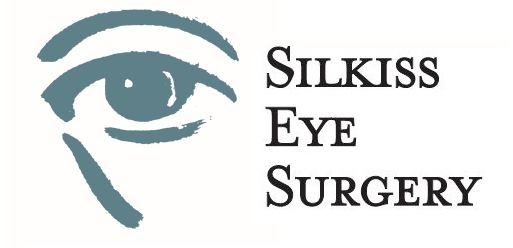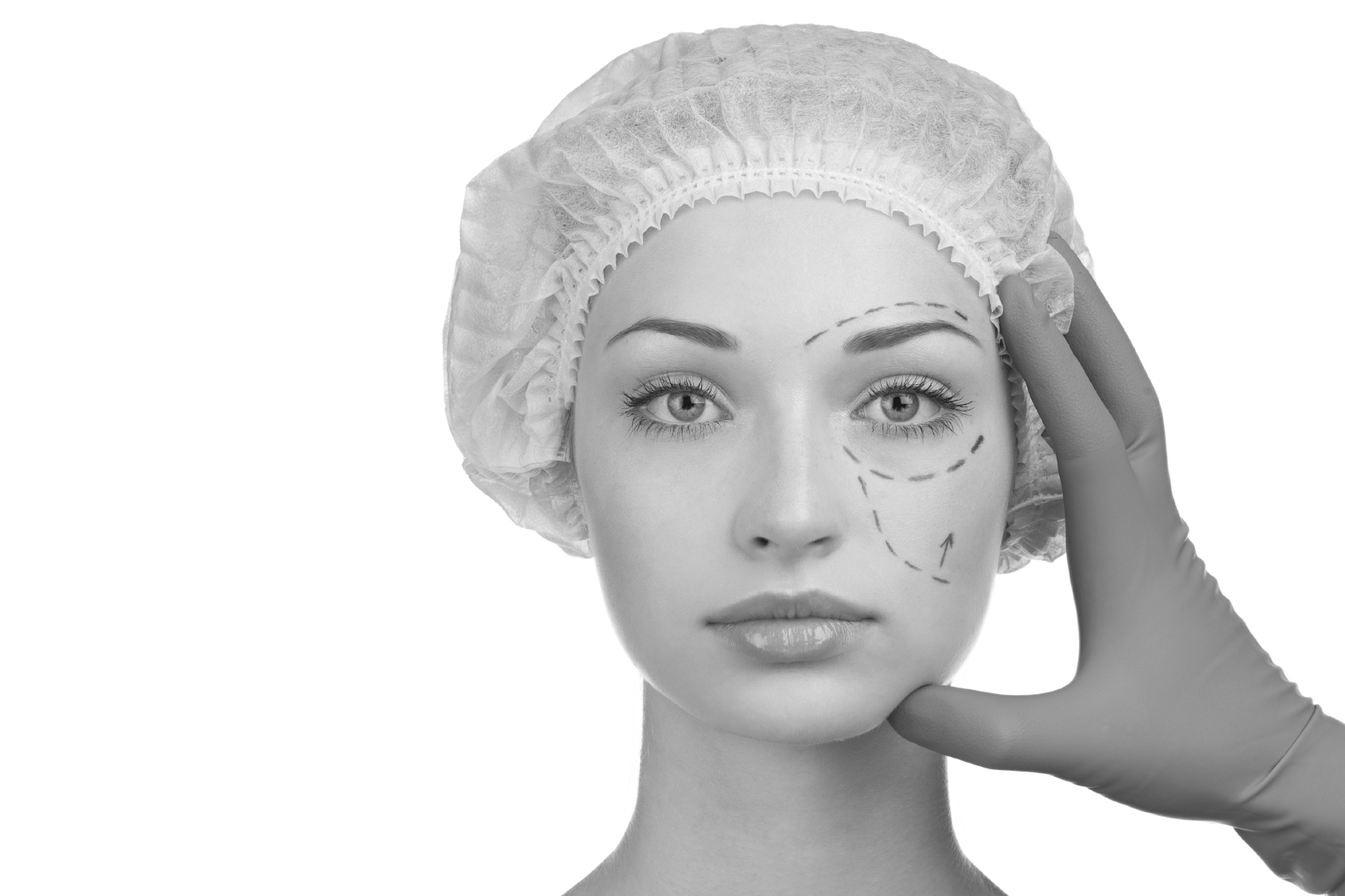COSMETIC SURGERY
Upper Eyelid Blepharoplasty
(Eyelid Lift)
Lower Eyelid Blepharoplasty
(Lower Eyelid Bags)
Asian Eyelid Surgery
(Double Eyelid)
NON-SURGICAL COSMETIC OPTIONS
RECONSTRUCTIVE SURGERY
Ptosis (Drooping Upper Eyelids)
Eyelid Malpositions
(Ectropion & Entropion)
Eyelid Skin Cancer
and Reconstruction
Chalazion, Stye, and Skin Tags
Tearing and Lacrimal System
(Tear Duct)
Thyroid Eye Disease
(Graves' Disease)
Prosthetic Eye &
Eye Socket Surgery
Congenital Ptosis and Pediatric Conditions
Facial Paralysis (Bell's Palsy)
Benign Essential Blepharospasm (Eyelid Spasms)
Trauma (Eyelid Lacerations &
Orbital Fractures)
PTOSIS (DROOPING UPPER EYELIDS)
Ptosis is the medical term for drooping upper eyelids. Ptosis can occur in one or both upper eyelids. The most common cause of ptosis is a loosening of the connection between the muscle that raises the eyelid (the levator palpebrae), and the rigid support structure of the eyelid (the tarsus). Ptosis can also be caused by muscle and neurological disorders, a history of eye surgery, trauma, and even long-term contact lens use. For information about treatment of childhood ptosis, click here.
THE PROCEDURE
Our doctors have had extensive training in ptosis repair and have performed hundreds of these procedures. There are several ways to correct ptosis. Most commonly, an incision is made on the eyelid crease so that it is well hidden and no visible scarring is noticeable. The levator palpebrae muscle is then located and permanent internal sutures are placed into the loose tendon of the muscle to produce a tighter connection to the eyelid support structure (the tarsus). Adjustments are made during the surgery to position the eyelids at the desired height.
In some patients, an internal approach may be optimal, in which the incision is made inside the eyelid, sparing the skin.
Ptosis surgery is often performed in conjunction with upper eyelid blepharoplasty and/or lower eyelid blepharoplasty, and even brow lift depending on each patient's needs and wishes.
Our doctors will discuss his assessment with you and go over your personal plan and what to expect after surgery during your preoperative visit.
RECOVERY AFTER SURGERY
You may expect to go home on the day of surgery. There is usually minimal to no pain after ptosis surgery and most patients resume their normal daily activities the following day. Heavy lifting should be avoided for 1-2 weeks. You may experience mild discomfort, which is controlled with oral medication. Swelling and bruising significantly improves after a few days and usually is minimally noticeable after 2 weeks, however healing time can vary between individuals. Sutures are removed on the first post-operative visit, usually 7-10 days after surgery. Eyelid make-up and contact lens use may usually be resumed 1-2 weeks after surgery.
SPECIAL CONSIDERATIONS
Our doctors will perform a thorough eye exam prior to any eyelid surgery. If you have a history of dry eyes, you should be treated appropriately prior to surgery because ptosis surgery may worsen dry eye symptoms. Sometimes surgery is postponed or determined to be inadvisable if symptoms are significant enough. A history of prior eyelid surgery may put you at risk for inadequate eyelid closure or dry eyes after surgery. It is important to see an eyelid specialist to coordinate a surgical plan that will not only give the most aesthetically natural appearance but more importantly, maintain vital eye health.

